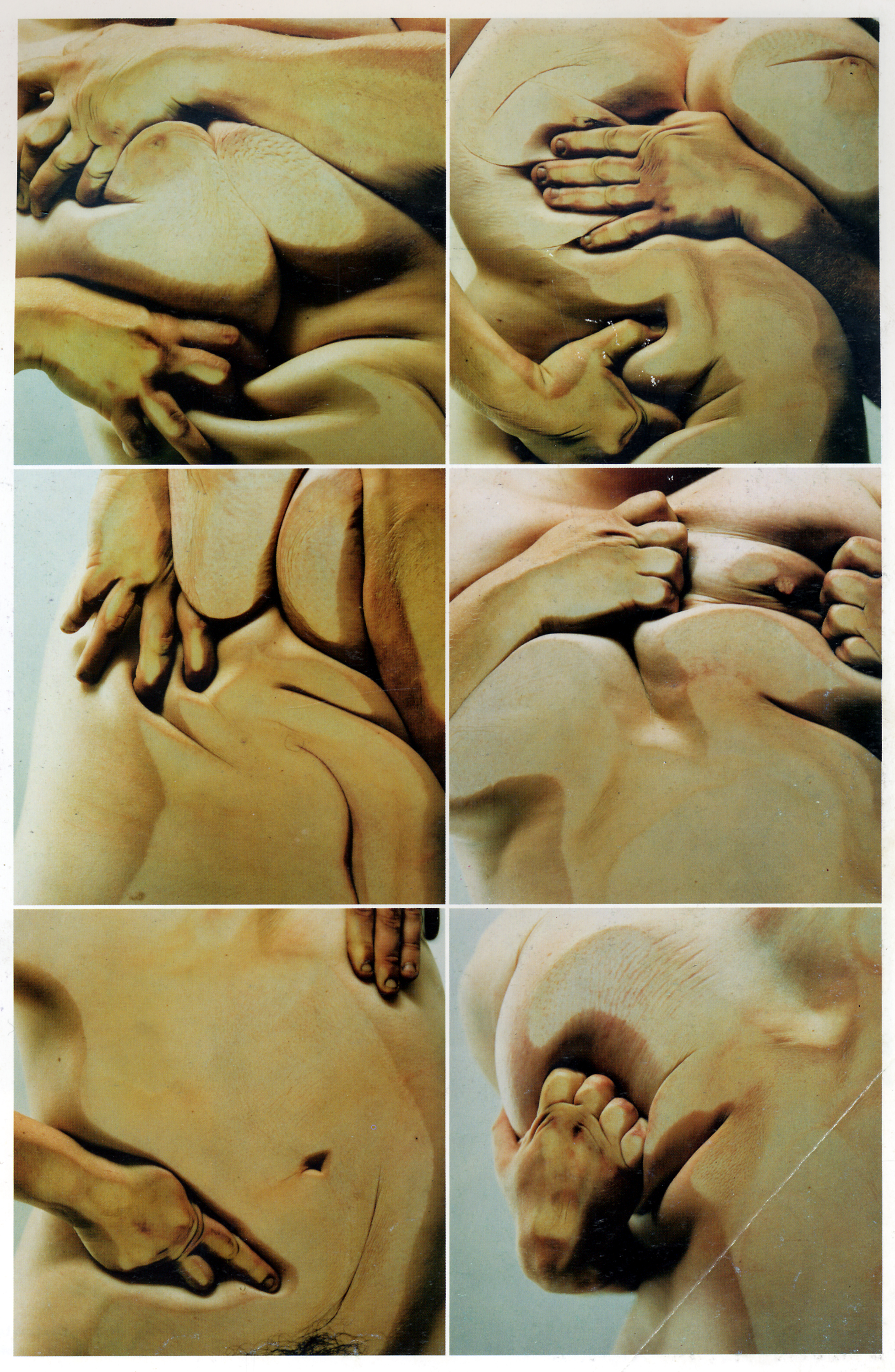Loads of writing but yeah here's some definitions of Sculpture...
Sculpture
“Sculpture is
something without practical use.”
Noun: sculpture
The art of making
two- or three-dimensional representative or abstract forms, especially by
carving stone or wood or by casting metal or plaster.
The
art of carving, modelling, welding, or otherwise producing figurative or
abstract works of art in three dimensions, as in relief, intaglio, or in the
round.
The art of making figures or
designs in relief or the round by carving wood, moulding plaster, etc, or
casting metals, etc.
Verb: sculpture
Make or represent
(a form) by carving, casting, or other shaping techniques.
"The choir stalls were each carefully sculptured"
To carve, model, weld, or
otherwise produce (a piece of sculpture).
To carve, cast, or fashion three dimensionally
What is sculpture?
Sculpture
is three-dimensional art. Traditionally, there are two main methods: carving
material such as wood or stone, and modeling forms by adding pieces of material
such as clay. Modern artists have explored new materials and techniques.
What does the term
‘three-dimensional’ mean?
The term
refers to the three dimensions of space - length, breadth, and depth. It is a
useful way of distinguishing between art such as painting, drawing, and prints,
which are two-dimensional (flat), and sculpture, which is three-dimensional.
How is
sculpture made?
Techniques depend upon the materials used. When
carving stone or wood, the sculptor chips away with a hammer and chisel. When
sculpting clay, artists may use their hands. Clay models may be cast in bronze
to create a strong, permanent sculpture. Other techniques include welding
metal, moulding plastic or concrete, and using fibreglass.
What is
Relief Sculpture?
Relief in
sculpture; any work in which the figures project from a supporting background,
usually a plane surface. Reliefs are classified according to the height of the
figures’ projection or detachment from the background. In a low
relief, or bas-relief, the design projects only slightly from the ground and there
is little or no undercutting of outlines. In a high
relief, the forms project at least half or more of their natural circumference
from the background and may in parts be completely disengaged from the ground,
thus approximating sculpture in the round. Middle relief,
falls roughly between the high and low forms. A variation of relief carving,
found almost exclusively in ancient Egyptian sculpture, is sunken relief, in
which the carving is sunk below the level of the surrounding surface and is
contained within a sharply incised contour line that frames it with a powerful
line of light and shade. Intaglio, likewise, is a sunken
relief but is carved as a negative image like a mold instead of a positive
(projecting) form.
Not all sculptures are carved in the round. Relief
sculptures are carved on one side only, and stand out from a background
surface. Relief panels have been used since ancient times, often to decorate
important buildings, such as temples and churches.
What’s
the difference between relief work and sculpture?
Relief work is flatter than sculpture as a general
rule. Sculpture is mainly free standing, rather than being built in to a wall
like relief sculpture traditionally would be.
Public
Art
Public
art must be safe for people to be around, not offensive and appropriate, but
not necessarily appropriate for the environment it’s in, as this is often what
sculpture is about - taking something out of context. For example, Duchamp
created the sculpture ‘The Fountain’, which was a men’s urinal turned on its
back and taken out of context. So he basically took an object with practical
use, removed its practicality and called it art. This is something which was
part of the Dada Movement.
The Dada Movement
Dada or Dadaism was an art movement
of the European avant-garde in the early 20th century. Dada was born out of
negative reaction to the horrors of World War I. This international movement
was begun by a group of artists and poets associated with the Cabaret Voltaire
in Zurich. Dada rejected reason and logic, prizing nonsense, irrationality and
intuition. The origin of the name Dada is unclear; some believe that it is a
nonsensical word. Others maintain that it originates from the Romanian artists
Tristan Tzara's and Marcel Janco's frequent use of the words "da,
da," meaning "yes, yes" in the Romanian language. Another theory
says that the name "Dada" came during a meeting of the group when a
paper knife stuck into a French-German dictionary happened to point to 'dada',
a French word for 'hobbyhorse'.
The
movement primarily involved visual arts, literature, poetry, art manifestoes,
art theory, theatre, and graphic design, and concentrated its anti-war politics
through a rejection of the prevailing standards in art through anti-art
cultural works. In addition to being anti-war, Dada was also anti-bourgeois and
had political affinities with the radical left.
Dada
activities included public gatherings, demonstrations, and publication of
art/literary journals; passionate coverage of art, politics, and culture were
topics often discussed in a variety of media. Key figures in the movement
included Hugo Ball, Emmy Hennings, Hans Arp, Raoul Hausmann, Hannah Höch,
Johannes Baader, Tristan Tzara, Francis Picabia, Richard Huelsenbeck, George
Grosz, John Heartfield, Marcel Duchamp, Beatrice Wood, Kurt Schwitters, and
Hans Richter, among others. The movement influenced later styles like the
avant-garde and downtown music movements, and groups including surrealism,
Nouveau réalisme, pop art and Fluxus.
 http://cdnimg.visualizeus.com/thumbs/49/51/painting,photography,girl,portrait,water,woman-49514e1440ef6d3b120ed8fab5bd163a_h.jpg
http://cdnimg.visualizeus.com/thumbs/49/51/painting,photography,girl,portrait,water,woman-49514e1440ef6d3b120ed8fab5bd163a_h.jpg


